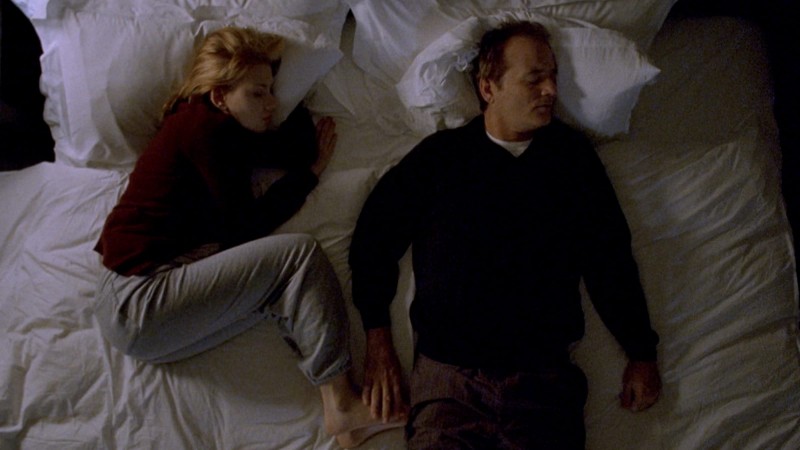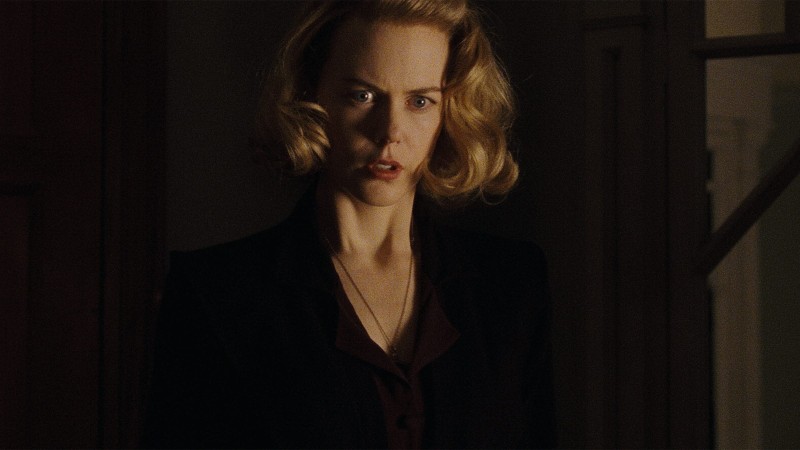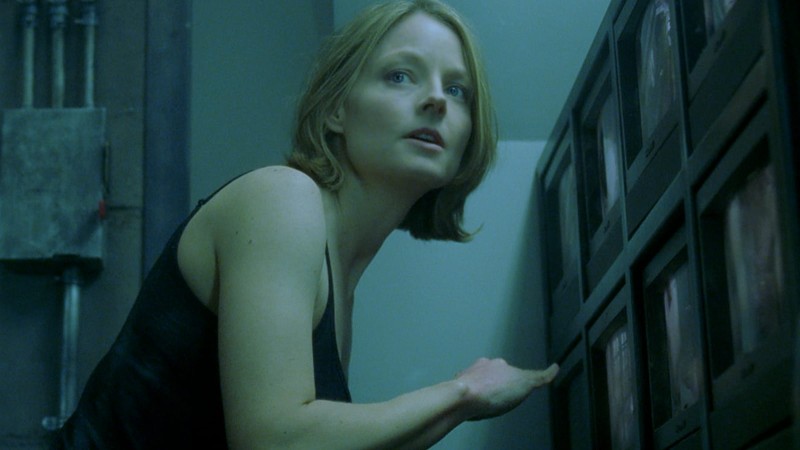Carl Theodor Dreyer’s Most Unusual Experiment
Soon after completing his 1928 silent masterpiece The Passion of Joan of Arc, Danish filmmaker Carl Theodor Dreyer turned his attention to a genre he had not yet explored on-screen, undertaking to make a horror movie that was, in his words, “different from all other films.” The resulting feature—the terrifying, trancelike Vampyr (1932), which chronicles a student of the occult’s supernatural encounters—is indeed a highly singular work, one that stays true to many of the conventions of the horror form while also experimenting quite radically with the cinematic medium. In the latest installment of Observations on Film Art, the Criterion Channel’s monthly dose of film school, scholar David Bordwell examines Dreyer’s use of popular vampiric material as a springboard for innovations in mood and technique. As Bordwell goes on to observe, the director’s unconventional deployment of horror-story motifs, shadows, and sound (in what was his first talkie) are just a few of the avant-garde touches that contribute to the movie’s incomparable atmosphere of unease. After checking out the above taste of the episode, head on over to the Channel, where you can watch the whole thing, before cuing up Dreyer’s one-of-a-kind spine-tingler itself.




